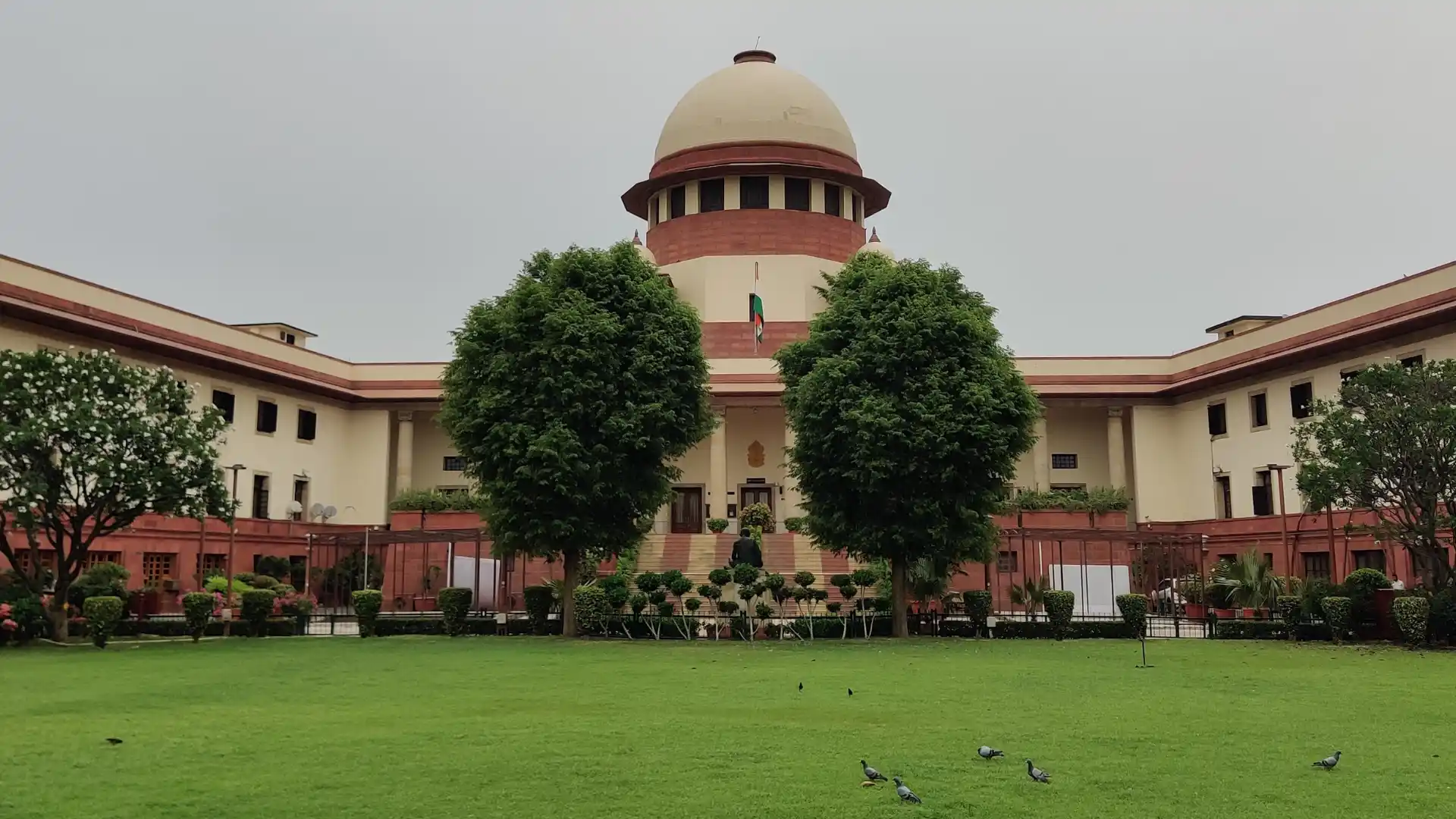On January 16, 2025, India achieved a historic milestone with the successful completion of the Space Docking Experiment (SpaDeX), marking its entry into the elite group of nations capable of conducting space docking operations. With this achievement, India becomes the fourth country—after the United States, Russia, and China—to master this complex technology, which is crucial for advanced space exploration, satellite servicing, and interplanetary missions.
SpaDeX Docking Update:
🌟Docking Success
Advertisement · Scroll to continueSpacecraft docking successfully completed! A historic moment.
Let’s walk through the SpaDeX docking process:
Manoeuvre from 15m to 3m hold point completed. Docking initiated with precision, leading to successful spacecraft capture.…
— ISRO (@isro) January 16, 2025
The SpaDeX mission was launched on December 30, 2024, using the PSLV-C60 from the Satish Dhawan Space Centre in Sriharikota. This pioneering initiative showcased India’s capability in spacecraft rendezvous, docking, and undocking, laying the groundwork for future endeavors like space station operations and lunar exploration.
Flawless Execution of Operations
The operation was executed with meticulous precision. The Chaser spacecraft (SDX01) approached the Target spacecraft (SDX02) through a series of controlled maneuvers. These steps included hold points at 15 meters, 3 meters, and final docking.
- Capture and Stabilization: Once the Chaser locked onto the Target, retraction followed, and the rigidization mechanism ensured stability.
- Unified Control: Post-docking, the two satellites functioned as a single composite unit under integrated control.
In the days ahead, ISRO plans to conduct undocking operations and power-sharing tests between the spacecraft to validate the system’s performance.

Prime Minister Narendra Modi lauds ISRO’s Docking Mission
Prime Minister Narendra Modi lauded the achievement, stating on X, “Congratulations to our scientists at @ISRO and the entire space fraternity for the successful demonstration of space docking of satellites. It is a significant stepping stone for India’s ambitious space missions in the years to come.”
Congratulations to our scientists at @isro and the entire space fraternity for the successful demonstration of space docking of satellites. It is a significant stepping stone for India’s ambitious space missions in the years to come.
— Narendra Modi (@narendramodi) January 16, 2025
Union Science Minister Dr. Jitendra Singh also praised the mission, emphasizing the indigenous nature of the Bharatiya Docking System. “SpaDeX has accomplished the unbelievable… and it is all [using the] indigenous Bharatiya Docking System. This paves the way for smooth conduct of ambitious future missions, including the Bharatiya Antariksh Station, Chandrayaan-4, and Gaganyaan,” he wrote.
Congrats #ISRO. Finally made it. SPADEX has accomplished the unbelievable… docking complete… and it is all indigenous “Bharatiya Docking System”. This paves the way for smooth conduct of ambitious future missions including the Bharatiya Antriksha Station, Chandrayaan 4 &…
— Dr Jitendra Singh (@DrJitendraSingh) January 16, 2025
Docking: A Critical Space Technology
It is the process of aligning and joining two spacecraft in orbit, either manually or autonomously. This capability is indispensable for several reasons:
- Heavy Payloads: Enables assembly of large spacecraft that exceed the lifting capacity of a single rocket.
- Space Station Construction: Facilitates the connection of modular components in orbit.
- Crewed Missions: Supports the transport of astronauts and supplies to space habitats.
SpaDeX Docking Update:
SpaDeX satellites holding position at 15m, capturing stunning photos and videos of each other! 🛰️🛰️
#SPADEX #ISRO pic.twitter.com/RICiEVP6qB
— ISRO (@isro) January 12, 2025
Historical Docking Achievements
- United States (1966): Gemini VIII achieved the first crewed docking with the Agena target vehicle, piloted by Neil Armstrong.
- Soviet Union (1967): Conducted the first uncrewed, automated docking with Kosmos 186 and Kosmos 188.
- China (2011): Demonstrated autonomous docking with Shenzhou 8 and the Tiangong-1 space laboratory, followed by its first crewed docking in 2012.
Challenges Faced During the Mission
The SpaDeX mission was not without obstacles:
- January 7, 2025: The initial docking attempt was aborted due to identified risks.
- January 9, 2025: The satellites drifted unexpectedly during a maneuver, requiring recalibration.
- January 12, 2025: Following simulations, the satellites successfully reached a 3-meter hold point before final adjustments.
Chandrayaan-4: Docking in Action
The Chandrayaan-4 mission exemplifies the importance of this technology. It involves launching five modules in two phases:
- Phase 1: The propulsion module, lander, and ascender will collect lunar samples.
- Phase 2: The ascender will dock with the transfer module in lunar orbit, which will then dock with the re-entry module in Earth’s orbit.
This intricate process necessitates advanced capabilities, further validated by the SpaDeX mission.
Indigenous Innovations in SpaDeX
The mission utilized cutting-edge technologies developed in India:
- Docking Mechanism: An androgynous system with two motors for enhanced reliability.
- Rendezvous Sensors: Laser Range Finder, Proximity and Sensor for precise measurements.
- GNSS-Based Navigation: A processor for calculating relative positions and velocities autonomously.
- Inter-Satellite Communication Link: Enabled autonomous exchange of data between the Chaser and Target.
These innovations make SpaDeX a cost-effective and strategic step forward for India’s space ambitions.
The SpaDeX Spacecraft
The mission featured two small spacecraft:
- SDX01 (Chaser): Active participant in the docking process.
- SDX02 (Target): Provided stabilization post-docking.

Each satellite, weighing 220 kg, was equipped with solar panels, lithium-ion batteries, and an advanced power management system. Key systems included:
- Attitude and Orbit Control System (AOCS): With star sensors, sun sensors, and reaction wheels for precision.
- Payloads for Application Missions: Post-mission, the satellites will support vegetation studies, resource monitoring, and radiation environment measurements.
Pathway to Future Missions

SpaDeX is a precursor to autonomous docking systems required for upcoming missions, including:
- Lunar Sample Returns: Chandrayaan-4 will rely on docking for returning samples to Earth.
- Human Moon Missions: Similar strategies will be employed for crewed lunar missions.
- Bharatiya Antariksh Station: Modular assembly of the space station will depend on this technology.
The mission also strengthens India’s capability to compete globally in space exploration.
Also Read: ISRO Successfully Conducts Ambitious Space Docking Experiment, SpaDeX



















